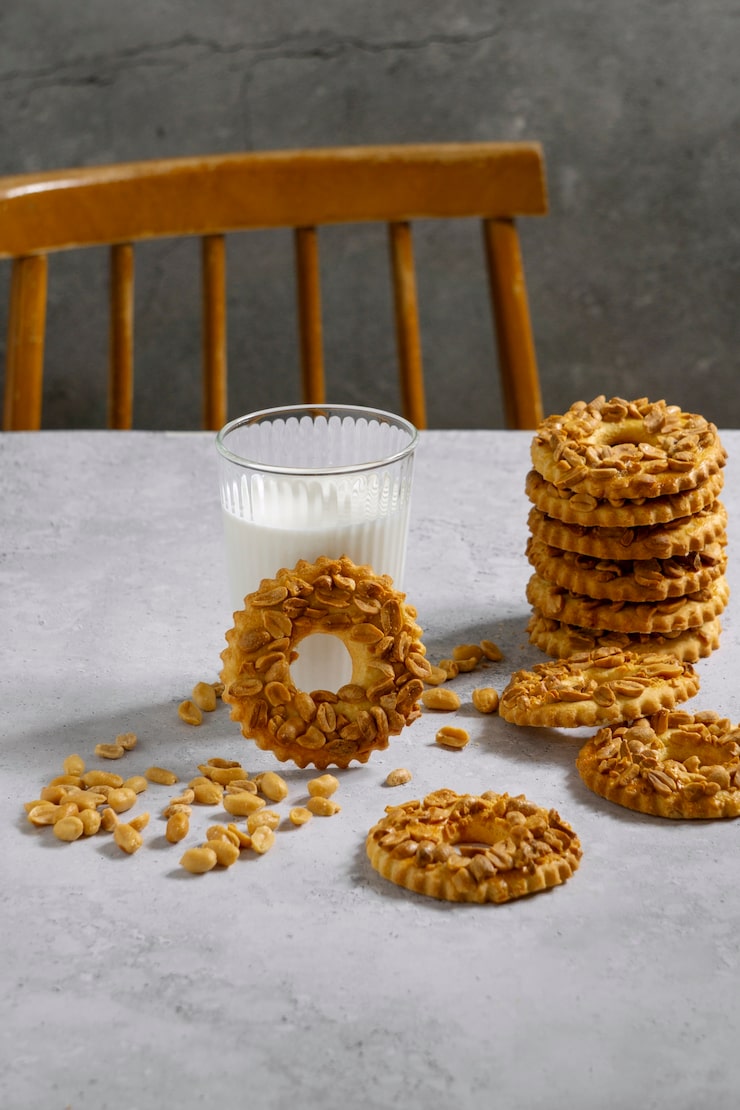Few breakfasts are as familiar as a bowl of Rice Krispies. Kids and adults alike enjoy the snap, crackle, and pop as the cereal meets milk. Still, nutritionists don’t all agree on whether Rice Krispies are a healthy choice.
Below we look at what’s in them, their benefits and downsides, and how they might fit into your diet so you can decide for yourself.

Ingredients and added nutrients
Original Rice Krispies are made from rice, sugar, salt, and barley malt extract. They’re fortified with vitamins and minerals like niacin, iron, B6, riboflavin, thiamin, folic acid, vitamin D, and vitamin B12. Those added nutrients can help fill gaps in your diet and support overall health.
Sugar and carbs
The main concerns are the added sugar and the fact that the cereal is mostly refined carbs. Sugar adds taste but few nutrients and can contribute to weight gain if eaten in excess. On the other hand, Rice Krispies do provide quick carbohydrates, which can be useful for energy.
Portion size and calories
A typical serving size listed on the box is 30 g, but many people pour much more than that. A bowl of Rice Krispies with full-fat milk is roughly 225 calories, and if you eat more than one serving the calories and sugar add up fast — a larger bowl could top 400 calories. If you’re watching calories, try skim milk or unsweetened plant milks instead.
How they can fit into a healthy diet
Rice Krispies aren’t inherently unhealthy, but they’re best enjoyed in moderation and as part of a balanced diet. To make them more nutritious, combine them with protein and fiber — for example, use high-protein milk or yogurt and add fresh fruit or nuts. Avoid tacking on extra sugar, butter, or syrup.
Weight loss and fitness
For weight loss, choose cereals higher in whole grains and fiber and lower in sugar. Rice Krispies are mainly refined carbs, so they’re not the ideal choice for sustained fullness. For athletes or those who exercise regularly, however, Rice Krispies can be a handy carb-rich snack to fuel workouts and aid recovery, especially when paired with protein.
Treats and homemade options
Kellogg’s Rice Krispies treats are tasty but high in refined sugar, butter, and other less-healthy ingredients. As an occasional treat they’re fine, but portion control matters. If you want a healthier version, try making treats using Greek yogurt, fresh berries, or a small amount of nut butter and nuts for extra protein.
Babies and toddlers
Rice Krispies are generally not recommended for babies because they’re high in refined sugar and low in protein and fiber. In some rare cases a doctor might suggest them, but always check with a pediatrician first. Toddlers can have small portions if their overall diet is balanced; pair the cereal with nutrient-rich foods and keep portions modest.
Rice Krispies vs. other cereals
Compared with whole-grain cereals like Weetabix, Rice Krispies tend to be higher in sugar and more refined. Both can fit into a healthy diet when eaten in moderation, but whole-grain, higher-fiber options are usually the better choice for lasting fullness and steady energy.
Bottom line
Rice Krispies can be an easy, familiar breakfast and do offer some added vitamins. But because they’re high in refined carbs and contain added sugar, they’re best eaten in moderation and combined with protein, fruit, or other nutrient-dense foods. If you want a more filling, lower-sugar start to the day, consider options like oatmeal, Greek yogurt with fruit and nuts, or whole-grain toast with avocado and eggs.